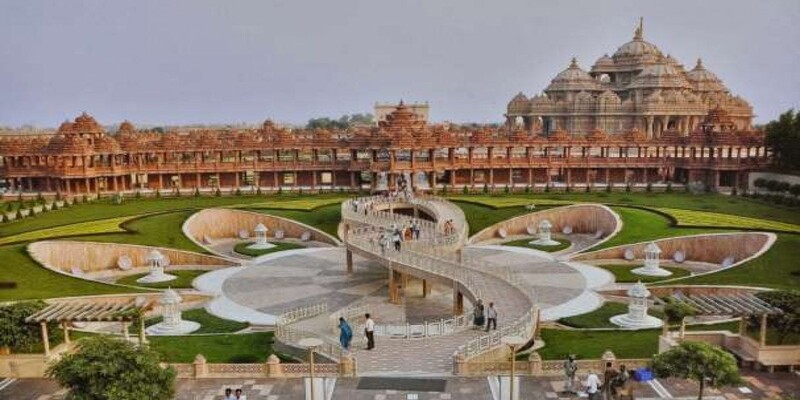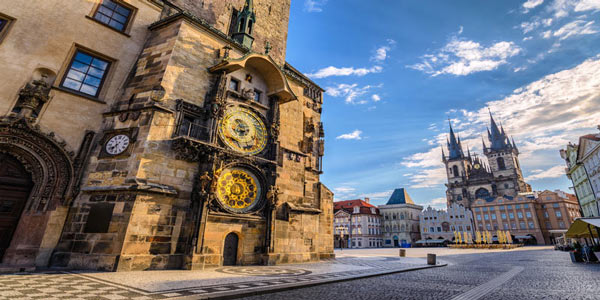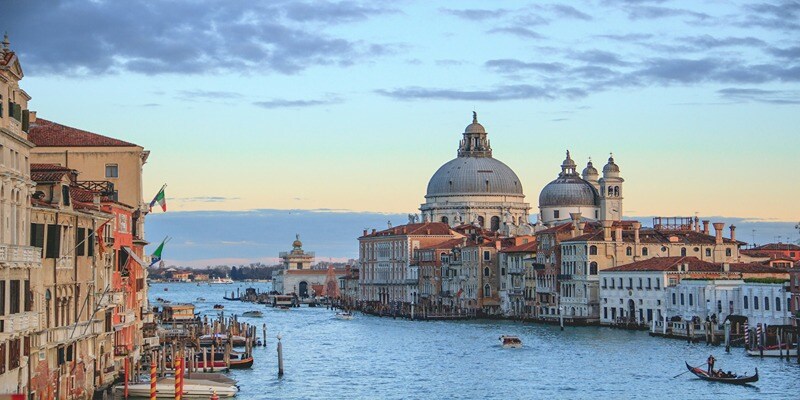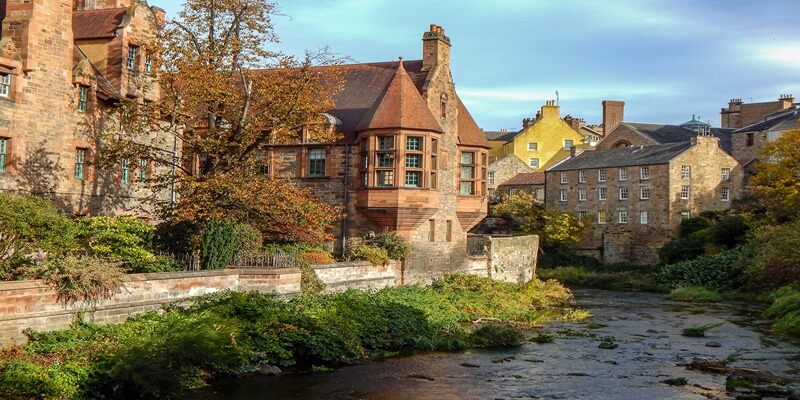Gujarat is a historical region that entices visitors with its intricate historical fabric. Ruins from prehistoric times to medieval empires tell stories of victories, blending cultures, and magnificent architecture from all around the state. With the help of this guide, you will see seven magnificent relics that bear evidence of Gujarat's rich past.
1. The Grandeur of Lothal - A Harappan Marvel
Set off to explore Lothal, a magnificent Harappan archaeological site. This historic port city, which dates to 2400 BCE, demonstrates how sophisticated marine commerce and urban development have become. Discover more about the acropolis, granaries, and dockyards to get a glimpse of the thriving society that once occupied the banks of the Sabarmati.
Beyond its opulence, Lothal is significant architecturally. It connected the Harappan civilization to other ancient civilizations and functioned as a vibrant commerce center. The elaborate structure of the dockyards suggests that Lothal was a major marine center in antiquity, able to conduct commerce with Mesopotamia and beyond.
- Noteworthy Fact: Lothal's dockyard is considered one of the world's earliest known structures of its kind.
- Best Time to Visit: Winter months (October to March) offer pleasant weather for exploring the archaeological site.
2. Champaner-Pavagadh Archaeological Park
This UNESCO World Heritage Site, which is tucked away at the foot of Pavagadh, is a historical treasure trove. The park showcases the Gujarat Sultanate's architectural brilliance with a fusion of Islamic and Hindu architecture. See Jama Masjid, an impressive example of Indo-Islamic architecture, and be amazed by the intricate details of Sahar ki Masjid, a work of architectural art.
At Champaner-Pavagadh Archaeological Park, the complex carvings and architectural fusion showcase the presence of several cultural influences in addition to the vision of the Gujarat Sultanate. From the exquisite carvings carved into the stones to the dazzling mosques, every building conveys a tale of a bygone period.
- Not-to-Miss: Explore the intricate carvings on the walls of Sahar ki Masjid, portraying a harmonious blend of Hindu and Islamic artistic elements.
- Best Season: Visit during the winter months (November to February) for comfortable exploration.
3. Sun Temple Modhera - A Celestial Ode in Stone
Take in the Sun Temple amid Modhera's heavenly splendor. This 11th-century architectural marvel is a tribute to Surya, the solar deity. The enormous Kund, the Sabha Mandap, and the finely carved images represent the splendor of the Solanki dynasty. Experience the celestial display of light at the yearly Modhera Dance Festival set against this captivating landscape.

The Sun Temple is a celestial observatory in addition to being a work of architectural wonder. The temple's precise placement highlights the ancient builders' astrological accuracy and respect for cosmic forces by allowing sunlight to enter the interior during certain celestial occasions.
- Astronomical Wonder: The temple's architecture aligns with the sun's rays during the equinoxes, creating a fascinating play of light.
- Recommended Visit: Attend the Modhera Dance Festival in January to experience a cultural celebration against the temple's stunning backdrop.
4. Rani Ki Vav - The Subterranean Stepwell
Travel to Patan to see the UNESCO World Heritage Site, the captivating Rani Ki Vav. This underground stepwell had practical as well as spiritual uses. It was beautifully decorated with sculptures of gods and heavenly creatures. Explore the seven floors of Rani Ki Vav, an architectural wonder that showcases the cutting-edge engineering of its day, and go into the depths of history.
In addition to being a prime example of brilliant architecture, Rani Ki Vav serves as a representation of respect for water. The ornate sculptures, which tell stories that transcend time and include complex panels portraying legendary tales, turn the stepwell into an underground art museum.
- Unique Feature: The stepwell's seven levels represent the stages of spiritual ascent.
- Visitor Tip: Visit during the monsoon season to see the stepwell in its full glory, with water filling the lower levels.
5. Dwarkadhish Temple - Where Divinity Meets History
See the Dwarkadhish Temple while in the mythological and historically significant city of Dwarka. This holy location, which is devoted to Lord Krishna, is situated where the Gomti River and the Arabian Sea converge. The temple is a monument to the dedication and architectural prowess of the Yadava dynasty, with its tall spire and elaborate decorations.
The Dwarkadhish Temple is a monument of Dwarka's maritime past as well as a symbol of religious fervor. The proximity of the temple to the Arabian Sea emphasizes Dwarka's historical importance as a prosperous port city and an important hub for trade and commerce.
- Maritime Legacy: Dwarka's historical significance is linked to its role as an ancient port city.
- Best Time to Visit: Plan your visit during major festivals like Janmashtami for a vibrant cultural experience.
6. Sarkhej Roza - The Architectural Synthesis
Experience the fusion of cultures in Sarkhej Roza, a peaceful compound close to Ahmedabad. Constructed during the rule of Sultan Mahmud Begada, this architectural wonder skillfully combines Islamic, Jain, and Hindu components. The serenity that existed under the Gujarat Sultanate is reflected in the calm beauty of the mosque, tomb, and pavilions.
Beyond its architectural value, Sarkhej Roza was the monarchs' spiritual retreat. A meditative and peaceful mood is created by the well-planned buildings and the serene surroundings. It serves as evidence of the thriving syncretic culture that existed at this time.
- Tranquil Retreat: The complex's serene ambiance makes it an ideal spot for quiet contemplation.
- Visitor Insight: Plan a visit during the early morning or late afternoon for a peaceful experience away from crowds.
7. Junagarh Fort - A Citadel of Time
Discover the heroic legends of Junagarh Fort, a strong building that has endured the ages. This fort, which dates back to the 16th century, tells the story of Gujarat's kings, from the Rajputs to the Mughals. Explore the richly carved palaces, temples, and gates to see how architecture has evolved to reflect the shifting historical tides.
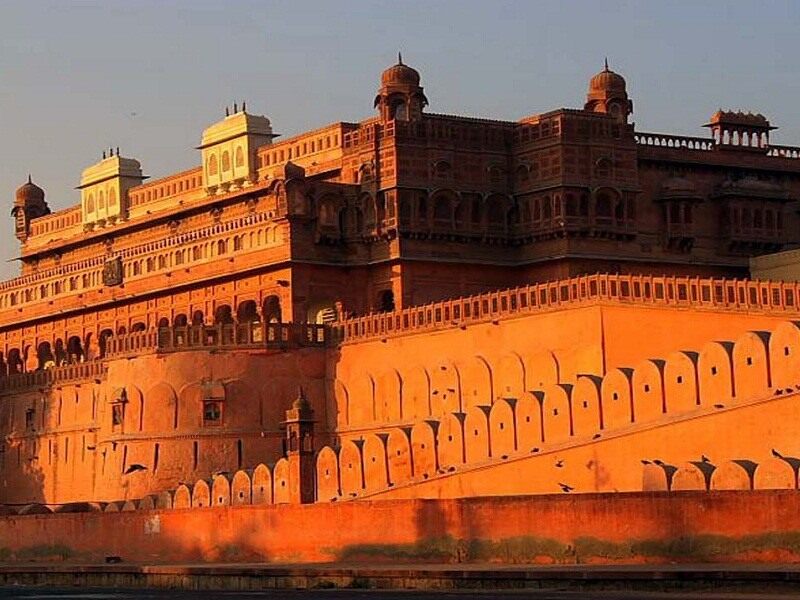
In addition to its historical value, Junagarh Fort is a testament to how buildings can change over time. The wide variety of buildings in the fort complex illustrates how several architectural styles have been combined, demonstrating Gujarat's builders' adaptability and tenacity.
- Hidden Gem: Explore the Chandra Mahal for a glimpse into the royal lifestyle with its ornate decorations.
- Best Exploration Time: Early morning or late afternoon visits provide a pleasant experience with milder temperatures.
Conclusion
Gujarat provides a thrilling voyage through time with its gorgeous relics. Every location tells a different tale by fusing elements of culture, history, and magnificent architecture. Discovering these ruins allows you to experience the grandeur of the past while also helping to preserve Gujarat's cultural heritage.
